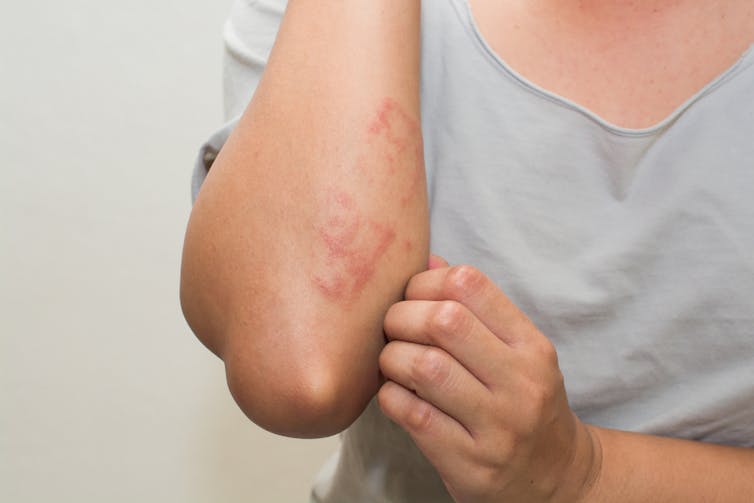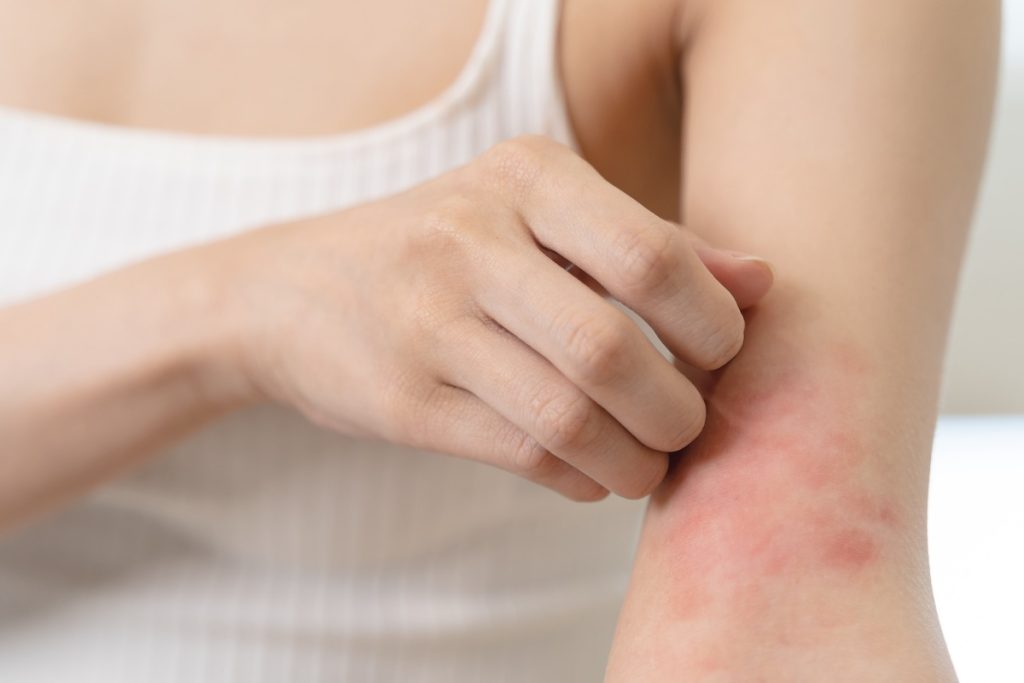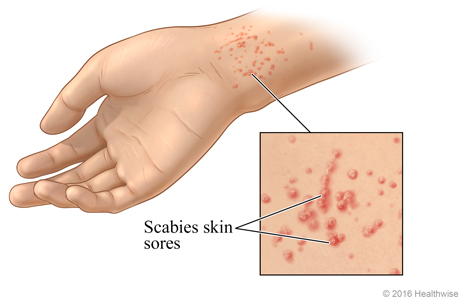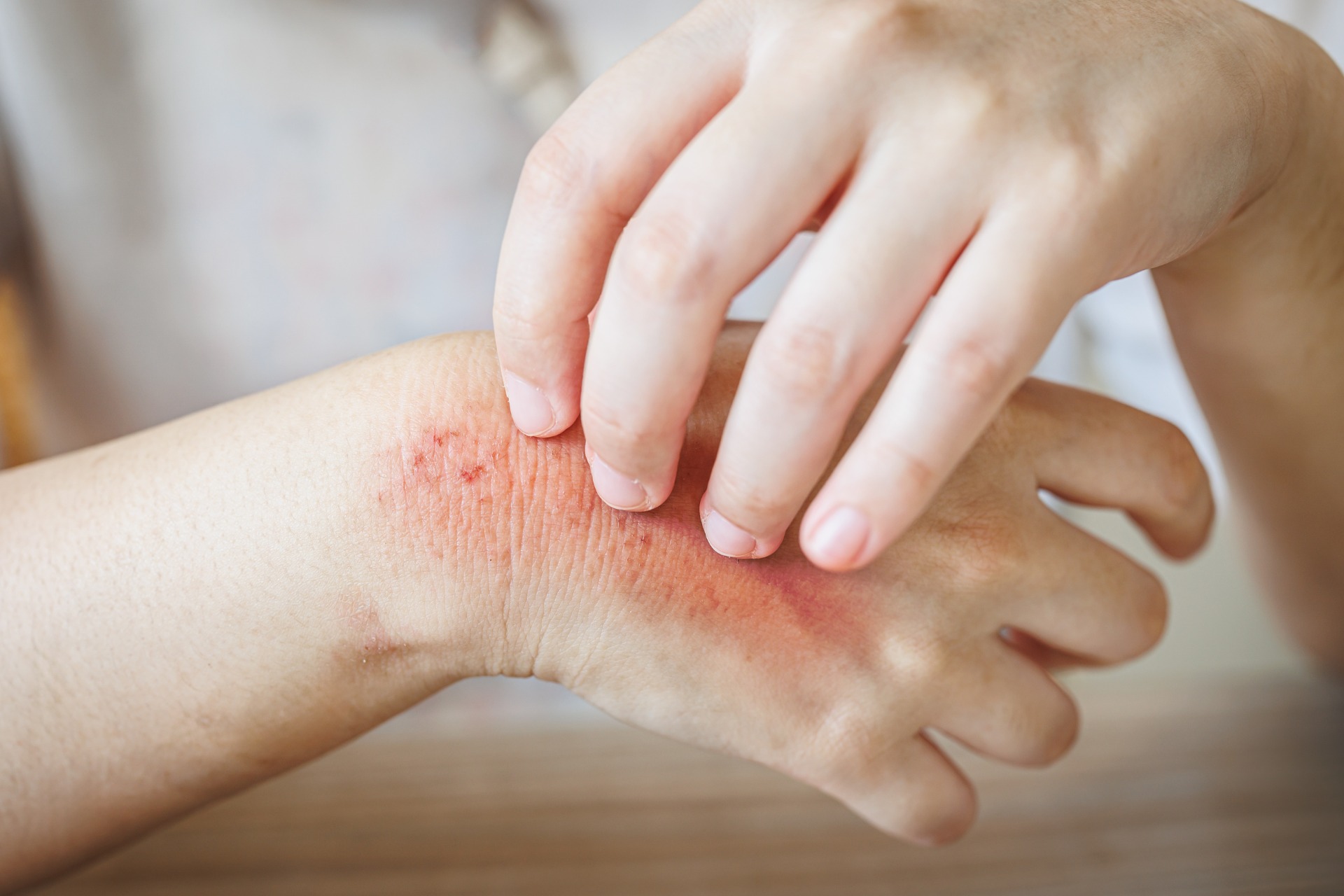Disclaimer: This article is intended for informational purposes only and does not substitute for professional medical advice, diagnosis, or treatment. Always consult a licensed healthcare provider regarding any health concerns or symptoms. Treatment recommendations may vary depending on individual medical history and should always be prescribed by a qualified professional.
Experiencing itchy red spots on your skin can be alarming, especially when they appear suddenly and persist without an obvious cause. While skin issues are often linked to common irritants like allergies, eczema, or insect bites, there is another widespread yet underrecognized condition that could be responsible — scabies, a contagious skin infestation caused by the mite Sarcoptes scabiei.
Though not dangerous to life, scabies is a serious public health concern due to its contagious nature and potential for misdiagnosis. According to the World Health Organization (WHO), scabies affects over 200 million people worldwide at any given time and is categorized as a neglected tropical disease. This classification highlights the need for increased awareness and better access to diagnosis and treatment, especially in vulnerable populations.

What is Scabies?
Scabies is caused by microscopic mites that burrow into the upper layers of the skin. The body reacts to the presence of these mites and their secretions, which leads to intense itching and skin irritation. These mites are most active at night, making symptoms significantly worse during evening hours and while sleeping.
The telltale signs of scabies include:
-
Small red bumps or blisters
-
Thin, irregular lines (known as burrows) in the skin
-
Persistent itching, especially at night
-
Clusters of pimples or rash in specific areas
These symptoms most commonly appear in the spaces between the fingers, wrists, elbows, armpits, waistline, buttocks, and genital area. In children and infants, scabies may also affect the face, scalp, palms, and soles of the feet.

How Scabies Spreads
Scabies is transmitted through direct and prolonged skin-to-skin contact, which is why it often spreads within households, schools, care homes, and among people living in crowded environments. Sharing clothing, bedding, or towels may also contribute to transmission, although this form of indirect contact is less common.
It is important to note that scabies is not caused by poor hygiene. People of all ages, backgrounds, and living conditions can be affected. Misconceptions surrounding cleanliness often lead to social stigma and delay in seeking treatment.
Recognizing the Symptoms
Symptoms of scabies may not appear immediately after exposure. In individuals with no prior exposure, it can take four to six weeks for symptoms to emerge. Those who have previously had scabies may experience signs within a few days upon re-infestation.
Delayed symptom onset can make it challenging to identify the source of infection and prevent its spread, which is why early diagnosis is essential for effective management.

Crusted Scabies: A Severe Form
In individuals with weakened immune systems or chronic illnesses, scabies may present in a more severe form known as crusted scabies (previously called Norwegian scabies). In this variant, the skin becomes thick, dry, and scaly, harboring thousands of mites.
Crusted scabies is significantly more contagious and requires immediate medical attention and a more intensive treatment regimen. It is particularly common in older adults or individuals undergoing immunosuppressive therapy.
How Scabies is Diagnosed
Diagnosing scabies can be tricky due to its similarity to other skin conditions such as eczema, dermatitis, or allergic reactions. A clinical examination by a licensed healthcare provider is often required. In some cases, the provider may perform a skin scraping to view mites or eggs under a microscope.
Because scabies symptoms are nonspecific and sometimes mistaken for other issues, many individuals remain undiagnosed or misdiagnosed for extended periods, contributing to ongoing transmission.

Effective Treatment Options
Once properly diagnosed, scabies is entirely treatable using prescription medications. The most commonly recommended option is permethrin 5% cream, which is applied over the entire body (from neck to feet) and left on for a prescribed duration, typically 8 to 14 hours, before being washed off.
In certain cases, particularly for crusted scabies or when topical treatment is not suitable, a healthcare provider may prescribe oral ivermectin, a medication that targets mites systemically. Treatment may need to be repeated after one week to eliminate newly hatched mites.
Additional measures include:
-
Treating all household members or close contacts simultaneously, even if they do not show symptoms
-
Washing clothing, towels, and bed linens used within three days prior to treatment in hot water and drying them on high heat
-
Sealing non-washable items in plastic bags for at least 72 hours to kill any remaining mites
-
Using antihistamines or prescribed creams to relieve itching and inflammation
Following these steps helps prevent reinfection and ensures complete recovery.

Preventing the Spread
Preventing scabies primarily involves early identification, timely treatment, and public education. Because of its contagious nature, it is vital for individuals with symptoms to consult a medical professional without delay and avoid close contact with others until treatment is completed.
Raising awareness about scabies can also help eliminate stigma and encourage people to seek care earlier, ultimately leading to better health outcomes across communities.
Scabies and Pets: What to Know
Scabies in humans is caused by a specific type of mite that does not infest animals. While pets can suffer from their own species-specific mites (such as those that cause mange), these mites do not survive or reproduce on human skin. As such, scabies cannot be transmitted between humans and animals.
However, if a pet is diagnosed with a skin condition, it’s always best to seek veterinary care to ensure appropriate treatment and to maintain a healthy environment at home.
When to See a Doctor
If you are experiencing persistent itching, particularly at night, or notice unusual red spots or rashes, it’s important to consult a licensed healthcare provider. Prompt evaluation and diagnosis can prevent complications and reduce the likelihood of spreading the condition to others.
Avoid self-diagnosing or using over-the-counter treatments without medical advice, as incorrect treatment may worsen symptoms or fail to eliminate the infestation.
Conclusion
Scabies is a common yet highly treatable skin condition caused by microscopic mites. Despite its prevalence, it is frequently misunderstood, leading to delayed diagnosis and unnecessary discomfort. With proper medical treatment, personal hygiene measures, and public awareness, scabies can be effectively managed and prevented.
Understanding the signs, seeking professional help, and taking appropriate precautions are key to overcoming this condition and protecting others from potential exposure.
